In-depth analysis of desalination as a solution to the water crisis at the U.S.-Mexico border. Experts debate its viability, impacts, and sustainable futures.
Recent discussions from a Coffee Break organized by the Permanent Forum on Binational Waters revolved around the question: Is desalination the answer to the water crisis on the U.S.-Mexico border? Let’s delve into this.
In this virtual meeting of academics and water experts moderated by Rosario Sánchez, director of the Forum, and Samuel Sandoval, associate director of the Forum, panelists explored the challenges and solutions to water scarcity, and reviewed desalination plants in the region.
Understanding desalination and its relevance to the border crisis
Desalination, as highlighted by Adriana Zuniga, a professor at the University of Arizona, is a procedure that results in freshwater.
There are several plants and others are proposed on both sides of the border, like the large-scale plant in Carlsbad, California, that supplies San Diego.
Despite the promise of more water, desalination is significantly more expensive than traditional water treatment alternatives, questioning its long-term sustainability.
For Margaret Wilder, a professor at the University of Arizona, desalination is not a solution. Citing the Puerto Peñasco project in Sonora, she listed potential environmental damage, false security in terms of unlimited water supply, and possible exploitation of Mexico’s soil and resources.
Nélida Barajas, representing the Intercultural Center for the Study of Deserts and Oceans (CEDO), emphasized that the real problem isn’t infrastructure but planning and environmental assessment that seems to be missing from the projects.
Meanwhile, Nicolás Pineda, professor from the Colegio of Sonora, pointed out the costs and impacts not considered on the Mexico side.
Is binational desalination a behind-closed-doors conversation?
During the Coffee Break, Nélida Barajas stated that the sociopolitical implications of these projects haven’t been fully considered, especially in terms of environmental impact and the needs of the local population.
Nicolás Pineda mentioned that the discussion on desalination focuses more on groundwater than seawater and also shed light on Minute 323 of the 1944 Treaty, which identifies several potential sites for binational desalination.
Margaret Wilder highlighted equity and access concerns, as well as the need for transparency in these discussions. Adriana Zuniga brought attention to potential damage to marine and land reserves in the Mexico side.
The driving forces behind desalination and a look to the future
The panelists agreed that one of the main motivators is economic interests, particularly in Phoenix, Arizona.
According to the panelists, other drivers include resort developers seeking to secure water supply for their businesses, climate change, and housing expansion.
Looking ahead to the next 5 or 10 years, the consensus among the panelists seemed to lean against desalination.
Nicolás Pineda advocated for better cooperation, while Adriana Zuniga backed the Net Zero Urban Water Model, which involves recycling water at different scales, among other solutions.
Margaret Wilder emphasized the need for cities to “rethink” their infrastructure and move towards green infrastructures.
And while desalination might offer a solution on paper, its viability, environmental impacts, and socioeconomic implications are topics of intense debate.
Experts agree that the discussion needs to be more inclusive, transparent, and geared towards sustainable and equitable solutions for both countries.
This publication was made possible thanks to the valuable work of Jerry Kurtyka, a contributor to PFBW.


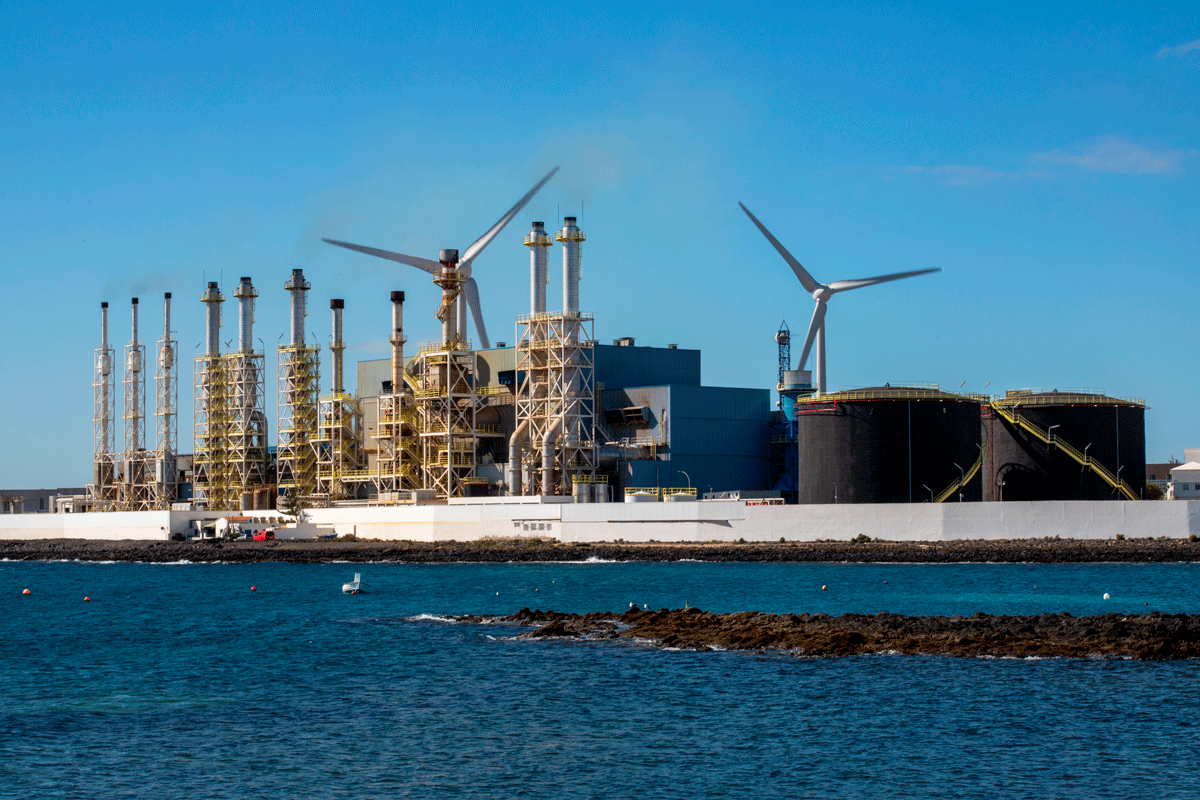

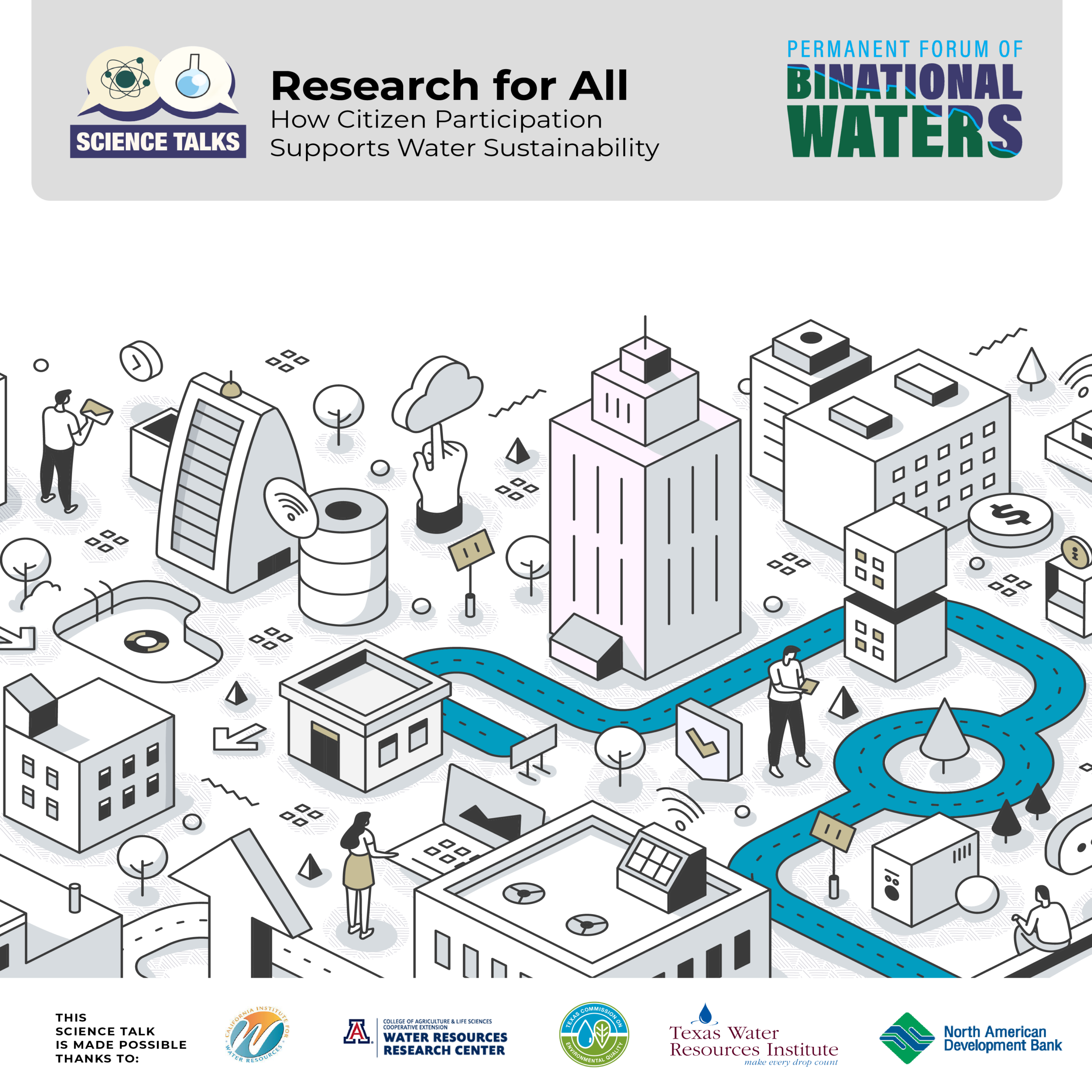
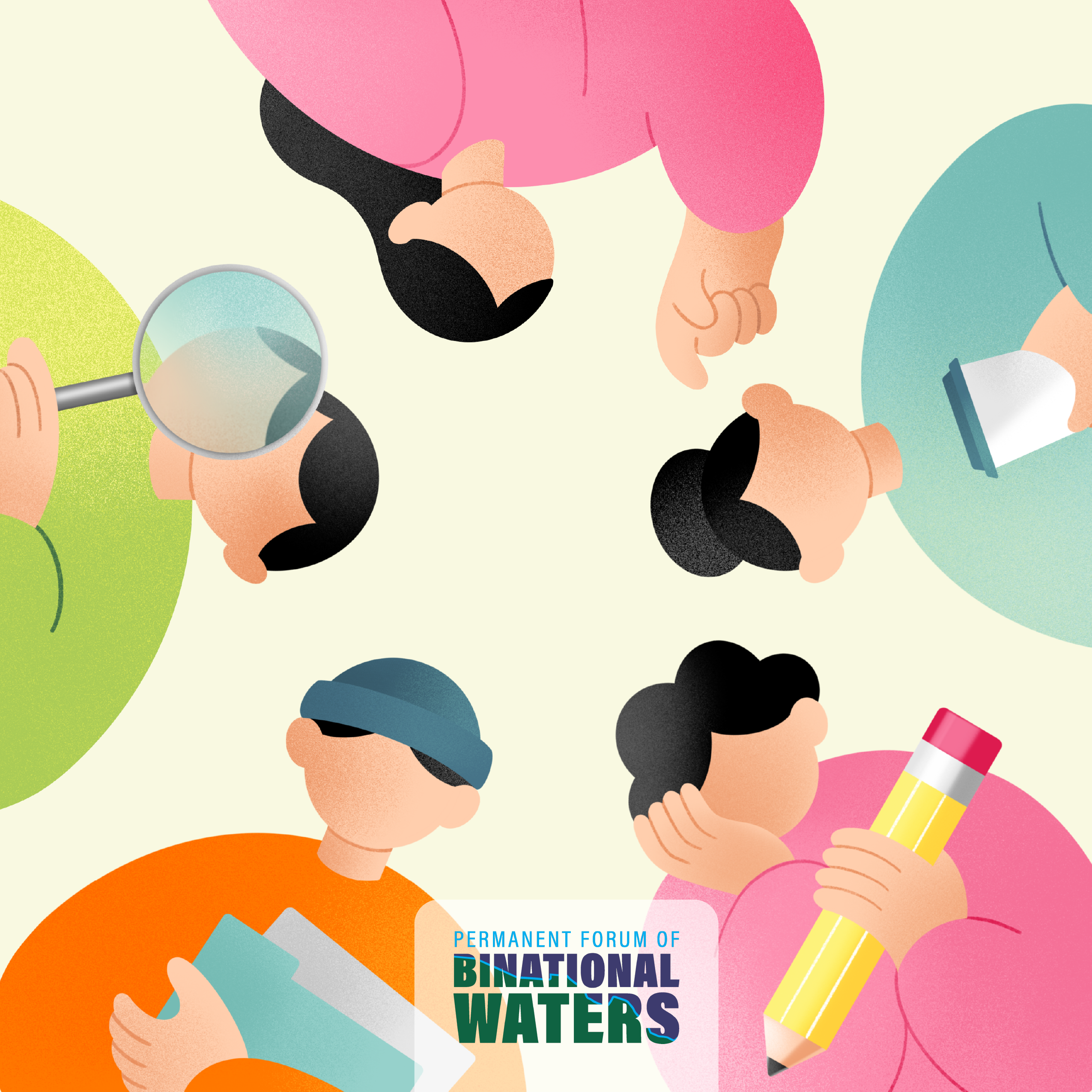
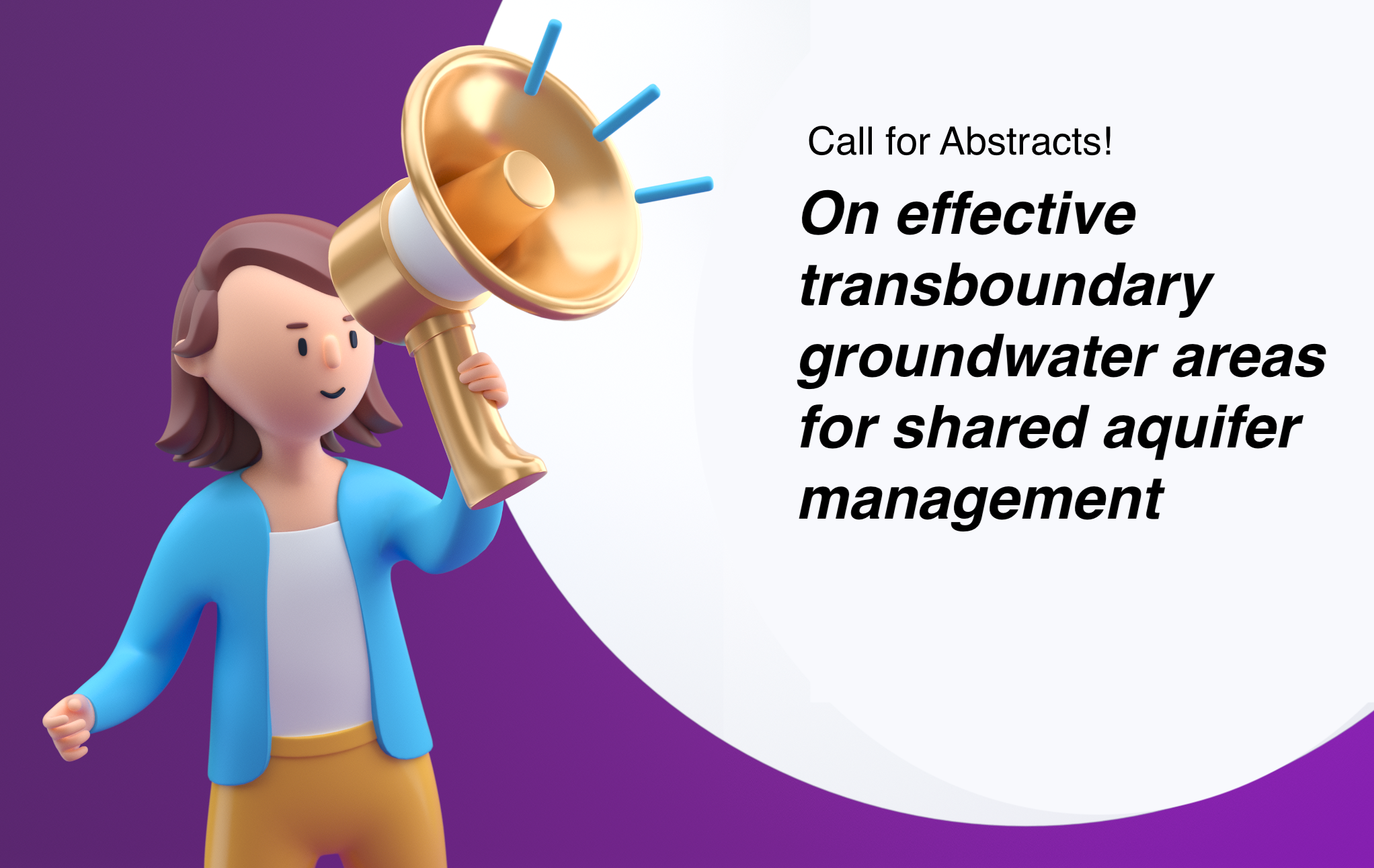
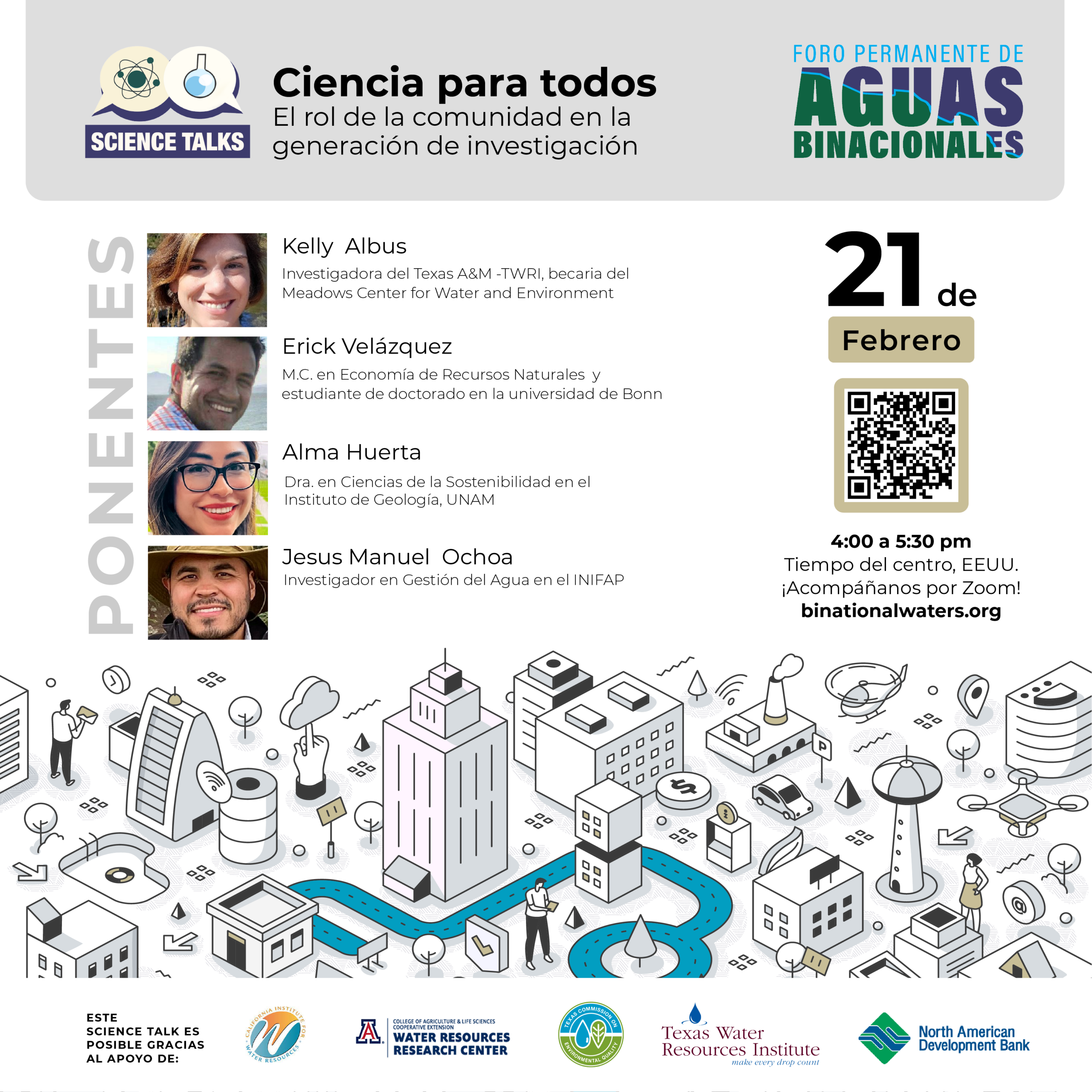
Responses